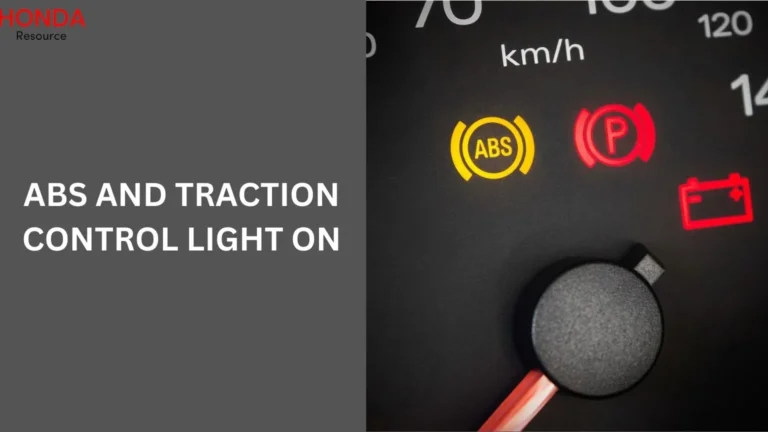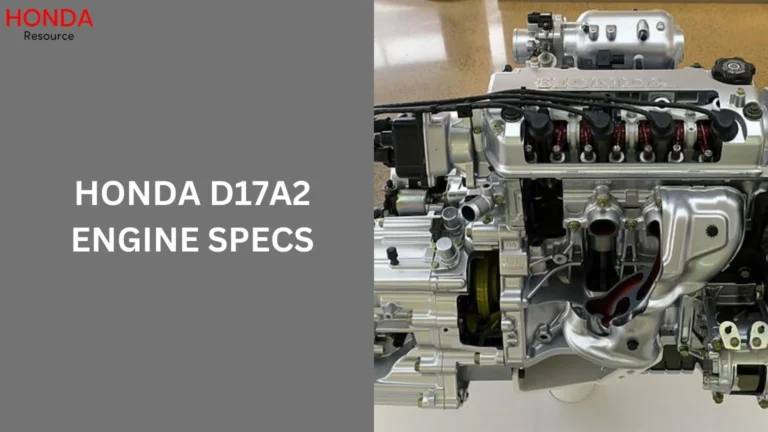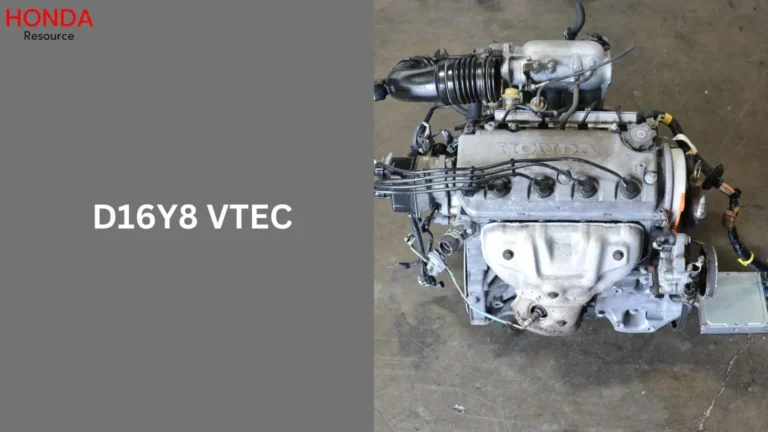P0430 Honda Code (Mean, Reason and Fixing) of 2024
Dealing with car trouble can be frustrating, especially when that pesky check engine light pops up. If you’re a Honda owner and have encountered the P0430 code, you might be wondering what it means and how to fix it. Don’t worry; we’ve got you covered.
In this guide, we’ll break down everything you need to know about the P0430 Honda code, from what it is to how to diagnose and fix it, all in a way that’s easy to understand.
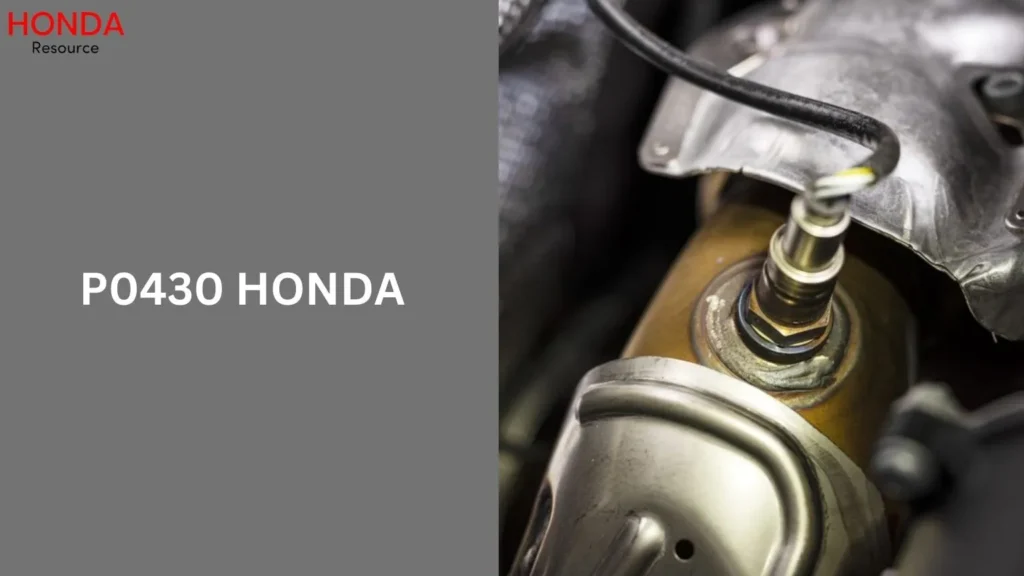
What is the P0430 Code?
The P0430 code is part of your vehicle’s OBD-II system, which stands for On-Board Diagnostics. When your car’s computer detects an issue with the catalytic converter’s efficiency on Bank 2 (the side of the engine that does not contain cylinder one), it triggers the P0430 code. This code essentially means that your catalytic converter isn’t performing as well as it should be.
Symptoms of P0430 Code
When your Honda throws a P0430 code, you’ll likely notice a few symptoms:
- Check Engine Light On: The most obvious sign is the illuminated check engine light on your dashboard.
- Decreased Fuel Efficiency: Your car may consume more fuel than usual, leading to lower miles per gallon (MPG).
- Performance Issues: You might experience a loss of power or rough idling.
Common Causes of P0430 Honda Code
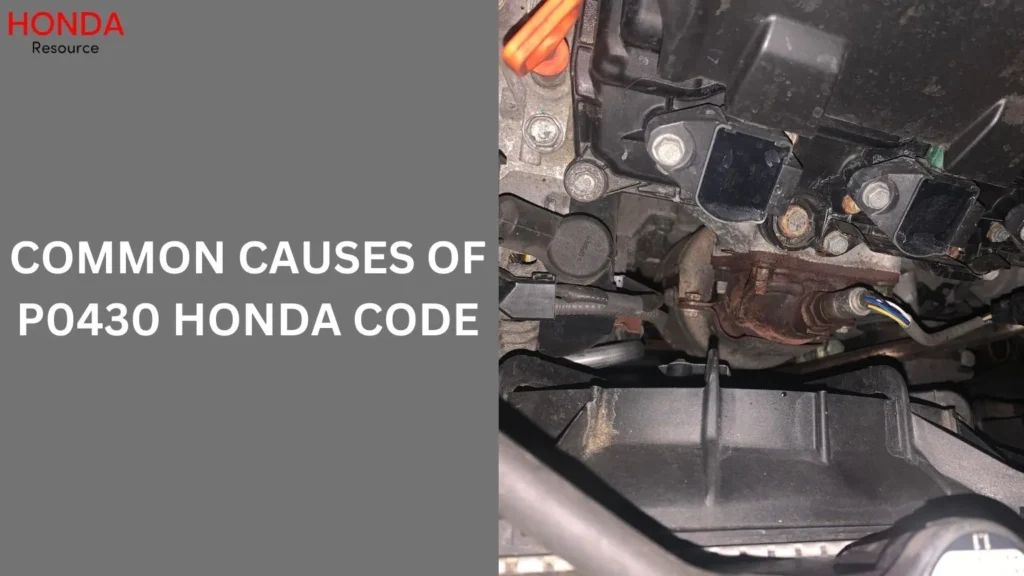
The P0430 code in vehicles, including Honda models, typically indicates an issue with the catalytic converter’s efficiency on Bank 2 (the side of the engine that does not contain cylinder one). Here are some common causes that trigger this code:
Faulty Catalytic Converter
One of the primary causes of the P0430 code is a malfunctioning catalytic converter. Over time, catalytic converters can wear out, become clogged with debris, or suffer from internal damage due to age or improper engine operation. When the converter fails to perform its function effectively, it triggers the P0430 code.
Oxygen Sensor Issues
Oxygen sensors play a critical role in monitoring the exhaust gases before and after they pass through the catalytic converter. If the oxygen sensors upstream (before the catalytic converter) or downstream (after the catalytic converter) send incorrect signals to the vehicle’s ECU (Engine Control Unit), it may misinterpret the converter’s efficiency, leading to a P0430 code.
Exhaust System Leaks
Leaks in the exhaust system, such as cracked pipes or damaged gaskets, can introduce excess air into the exhaust stream. This can disrupt the proper functioning of the oxygen sensors and cause them to inaccurately measure the catalytic converter’s performance. Consequently, the vehicle’s ECU may trigger a P0430 code due to these inaccurate readings.
Engine Misfire or Running Issues
An engine misfire or other internal combustion issues can lead to an abnormal flow of exhaust gases through the catalytic converter. This abnormal flow can exceed the converter’s capacity to clean the exhaust efficiently, resulting in reduced efficiency and triggering the P0430 code.
Fuel System Problems
Issues with the fuel system, such as a malfunctioning fuel injector or inadequate fuel pressure, can cause improper combustion within the engine. This can lead to an imbalance in the air-fuel mixture reaching the catalytic converter, affecting its efficiency and potentially triggering a P0430 code.
Engine Control Module (ECM) or Software Issues
Rarely, but not unheard of, issues with the Engine Control Module (ECM) or software glitches can cause erroneous readings from the oxygen sensors or misinterpretations of catalytic converter efficiency. This can result in a false triggering of the P0430 code, although it’s less common compared to mechanical issues.
Diagnosing the P0430 Code
To accurately diagnose the P0430 code, you’ll need a few tools and some patience. Here’s a step-by-step guide:
- Using an OBD-II Scanner: This tool is essential for reading the error codes from your car’s computer.
- Visual Inspection: Look for obvious signs of damage or wear in the catalytic converter and exhaust system.
- Professional Diagnosis: Sometimes, it’s best to leave it to the pros, especially if you’re not comfortable working on your car.
Step-by-Step Diagnosis Process
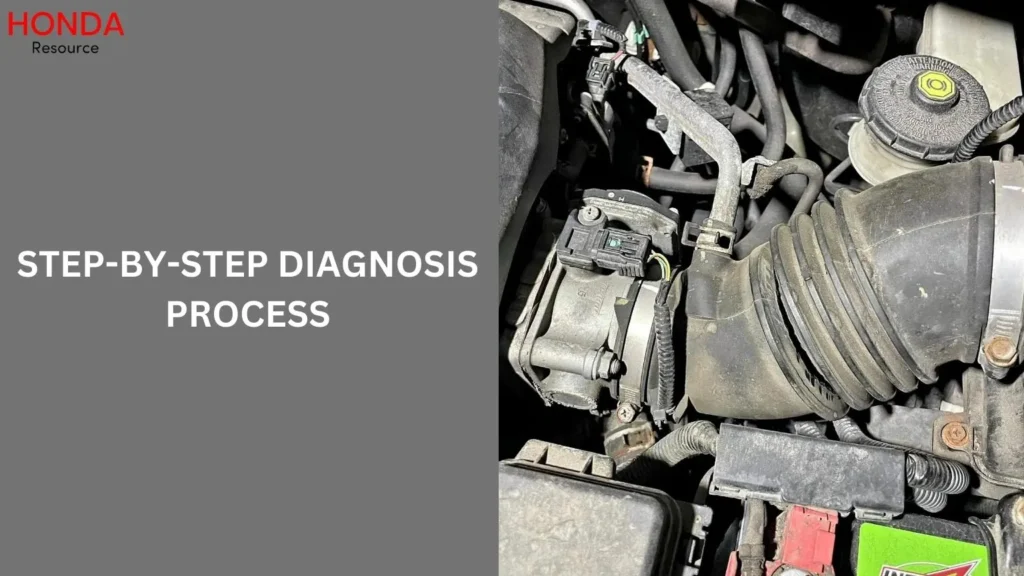
Here’s a step-by-step guide to diagnose the P0430 code in your Honda or any vehicle effectively:
Step 1: Check for Other Codes
Before diving into the P0430 code, check if there are any other error codes present. Sometimes, multiple codes can give you a better picture of what’s going on.
Step 2: Inspect Oxygen Sensors
Begin by inspecting the oxygen sensors located upstream (before the catalytic converter) and downstream (after the catalytic converter). Look for signs of damage, corrosion, or loose connections. Faulty oxygen sensors can often trigger the P0430 code by sending incorrect readings to the vehicle’s Engine Control Module (ECM).
Step 3: Examine the Catalytic Converter
Look for signs of damage or clogging in the catalytic converter. A professional mechanic can also test its efficiency.
Step 4: Check for Exhaust Leaks
Examine the exhaust system for leaks that could be affecting the oxygen sensor readings.
How to Fix the P0430 Code?
To fix the P0430 code in your vehicle, follow these steps:
Replacing the Catalytic Converter
If the catalytic converter is faulty, replacing it is often the best solution. While it can be expensive, it’s essential for your car’s performance and emissions.
Repairing or Replacing Oxygen Sensors
Faulty oxygen sensors can cause the P0430 code. Replacing them can be a simpler and cheaper fix if they are indeed the problem.
Fixing Exhaust Leaks
Repair any exhaust leaks to ensure accurate readings from the oxygen sensors and optimal performance of the catalytic converter.
Preventing the P0430 Code
Preventing the P0430 code involves regular maintenance and good driving habits:
- Regular Maintenance Tips: Keep up with scheduled maintenance to ensure all parts are in good working condition.
- Importance of Quality Fuel: Use high-quality fuel to prevent deposits and clogs in the catalytic converter.
- Ensuring Proper Engine Performance: Address any engine issues promptly to avoid putting extra strain on the catalytic converter.
Cost of Repairing P0430 Code
The cost to fix a P0430 code can vary:
- Average Costs for Parts and Labor: Replacing a catalytic converter can range from $500 to $2,200, depending on your car model and labor costs.
- DIY vs. Professional Repair: While some fixes can be done at home, others, like replacing the catalytic converter, are best left to professionals.
People also ask
What does code P0430 bank 2 mean?
The P0430 code indicates that the catalytic converter on Bank 2 (the side of the engine that does not contain cylinder one) is not operating efficiently. This code is triggered by the vehicle’s ECU when it detects that the catalytic converter is not effectively reducing emissions as expected. Common causes include a faulty catalytic converter, oxygen sensor issues, or exhaust leaks.
Can P0430 be a bad O2 sensor?
Yes, a P0430 code can be caused by a bad oxygen (O2) sensor. If the O2 sensor, especially the one downstream of the catalytic converter, is faulty or sending incorrect readings, it can trigger the P0430 code by making the vehicle’s ECU think the catalytic converter is not functioning efficiently.
Can an exhaust leak cause a P0430 code?
Yes, an exhaust leak can cause a P0430 code. Leaks in the exhaust system can introduce excess oxygen, leading to inaccurate readings from the oxygen sensors and causing the vehicle’s ECU to misinterpret the efficiency of the catalytic converter.
Conclusion
The P0430 code in your Honda indicates an issue with your catalytic converter’s efficiency. Understanding the symptoms, causes, and fixes can help you address the problem promptly and keep your car running smoothly. Regular maintenance and addressing issues as soon as they arise can prevent the P0430 code from reappearing. Remember, while some fixes can be done yourself, don’t hesitate to seek professional help for more complex issues.

I’m Henry Leclerc, a passionate professional car mechanic with a deep love for Honda cars. With years of hands-on experience and extensive knowledge about all Honda car models, I’ve created this website to share my expertise and help fellow Honda enthusiasts keep their vehicles in top-notch condition.



